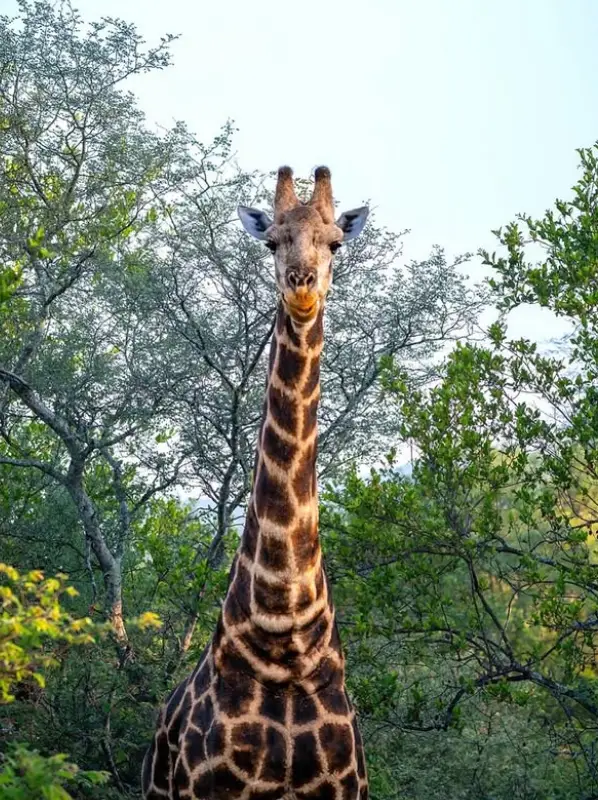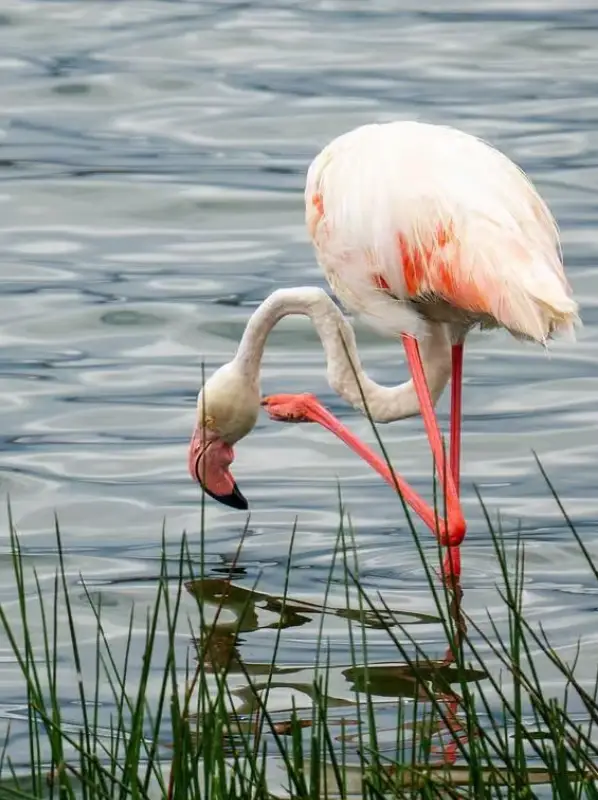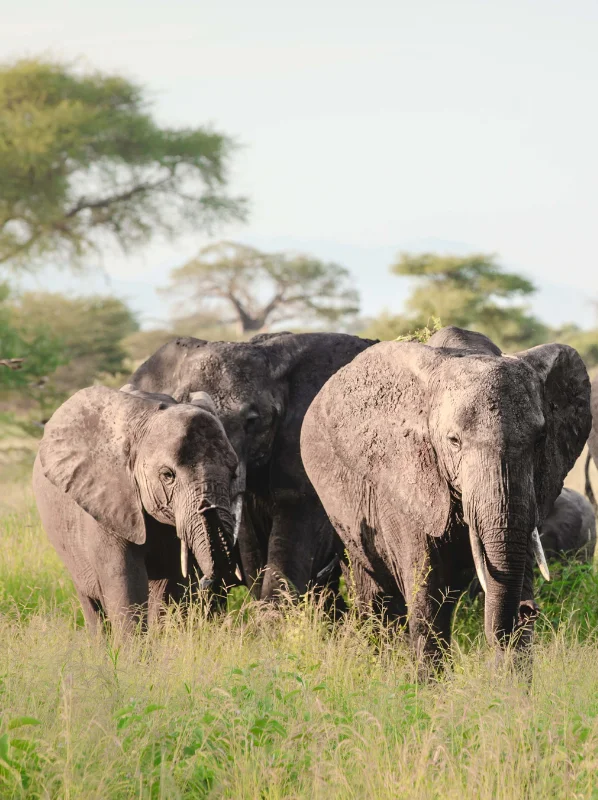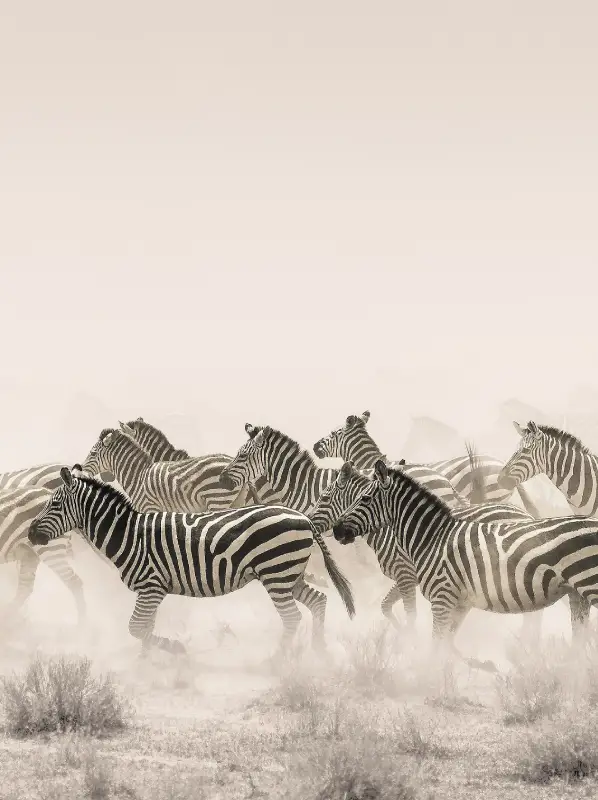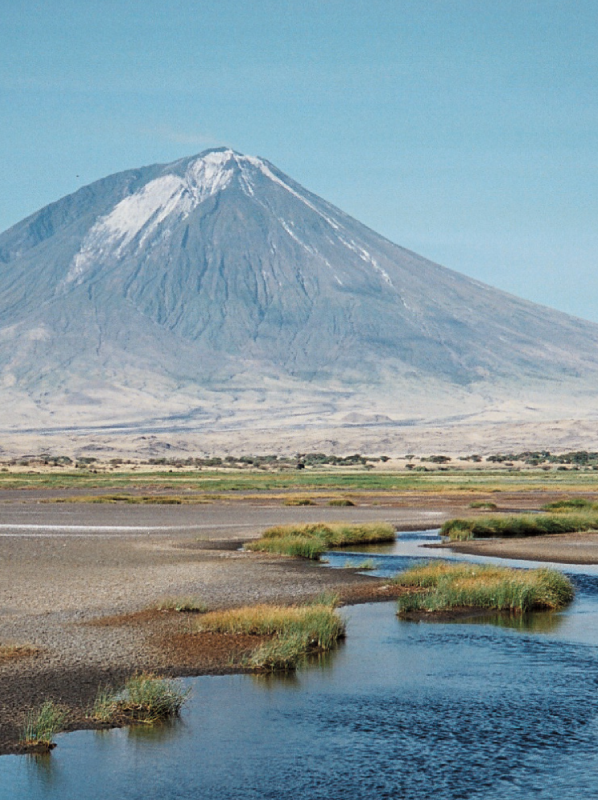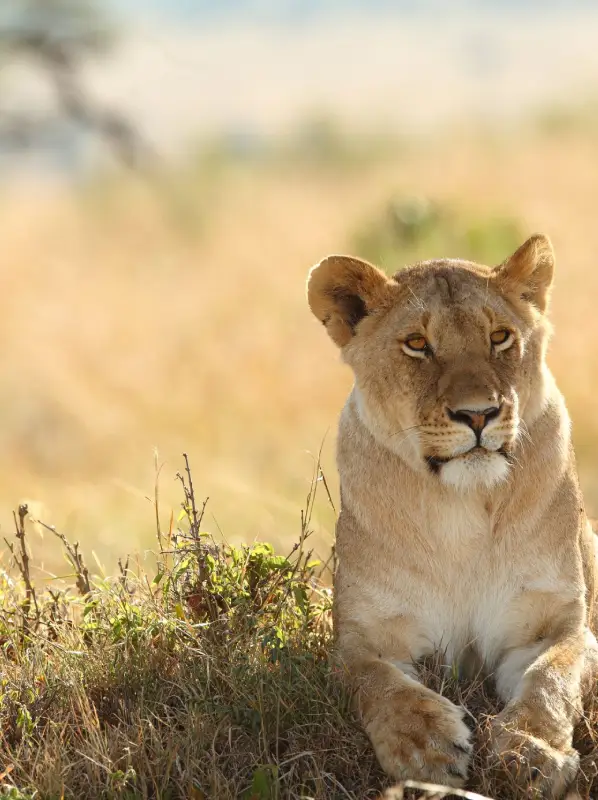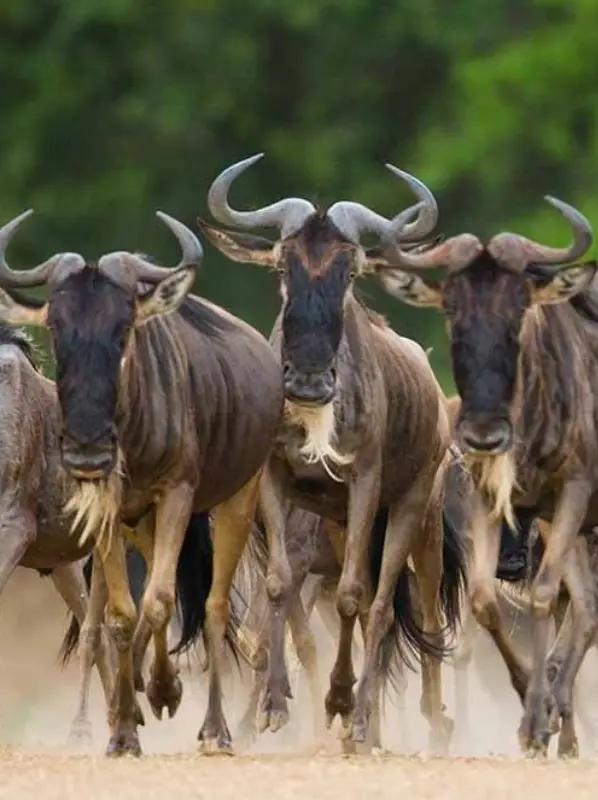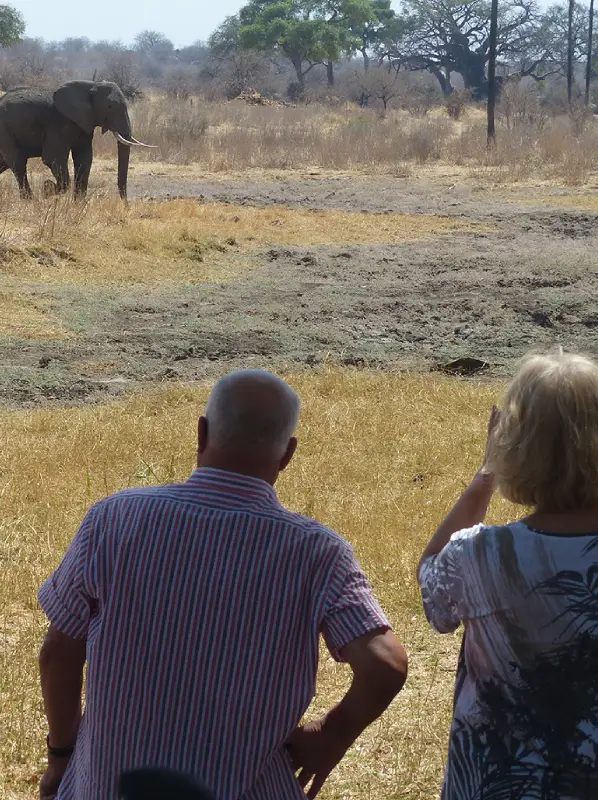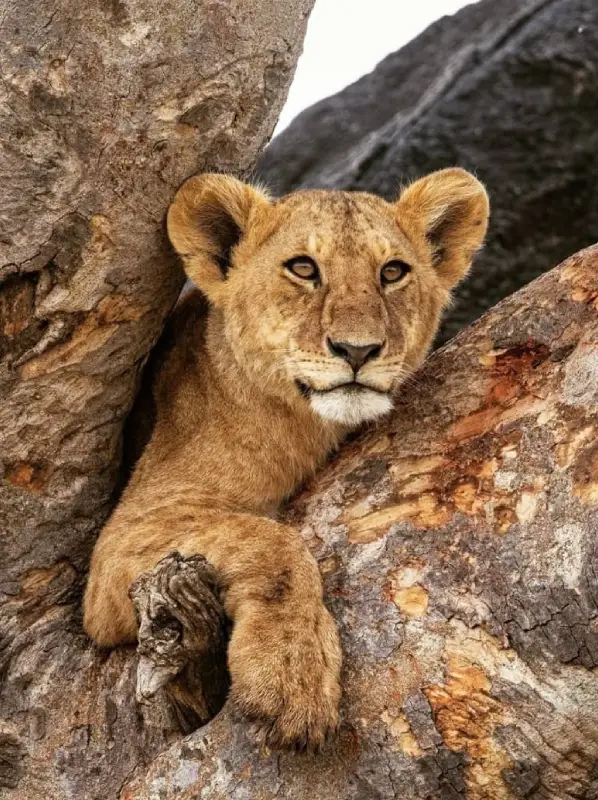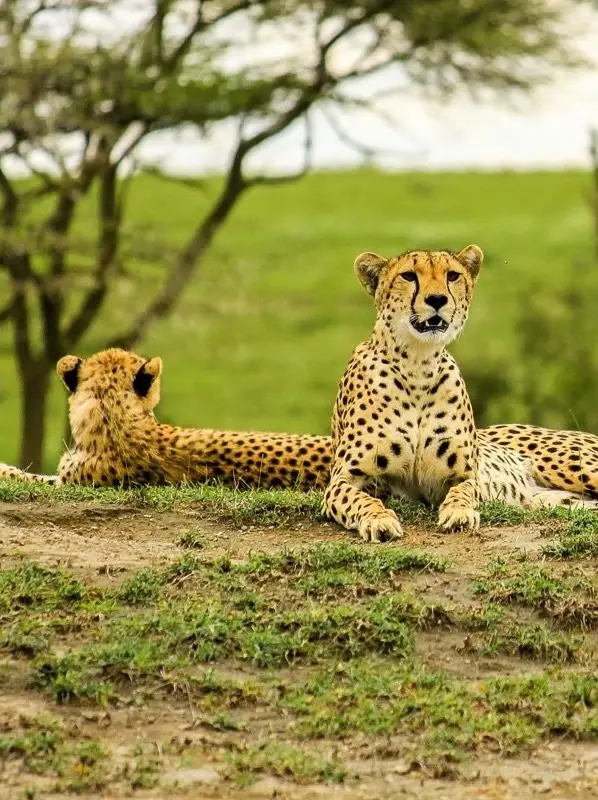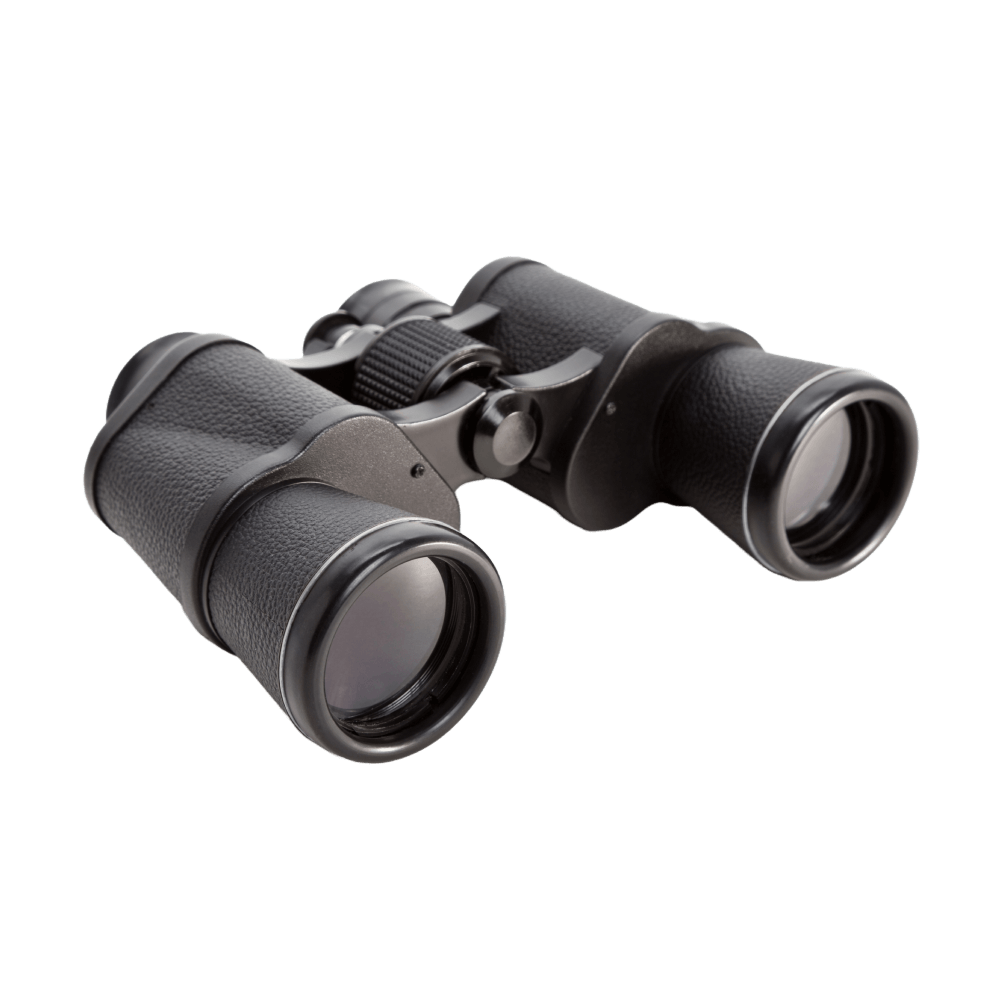About Us
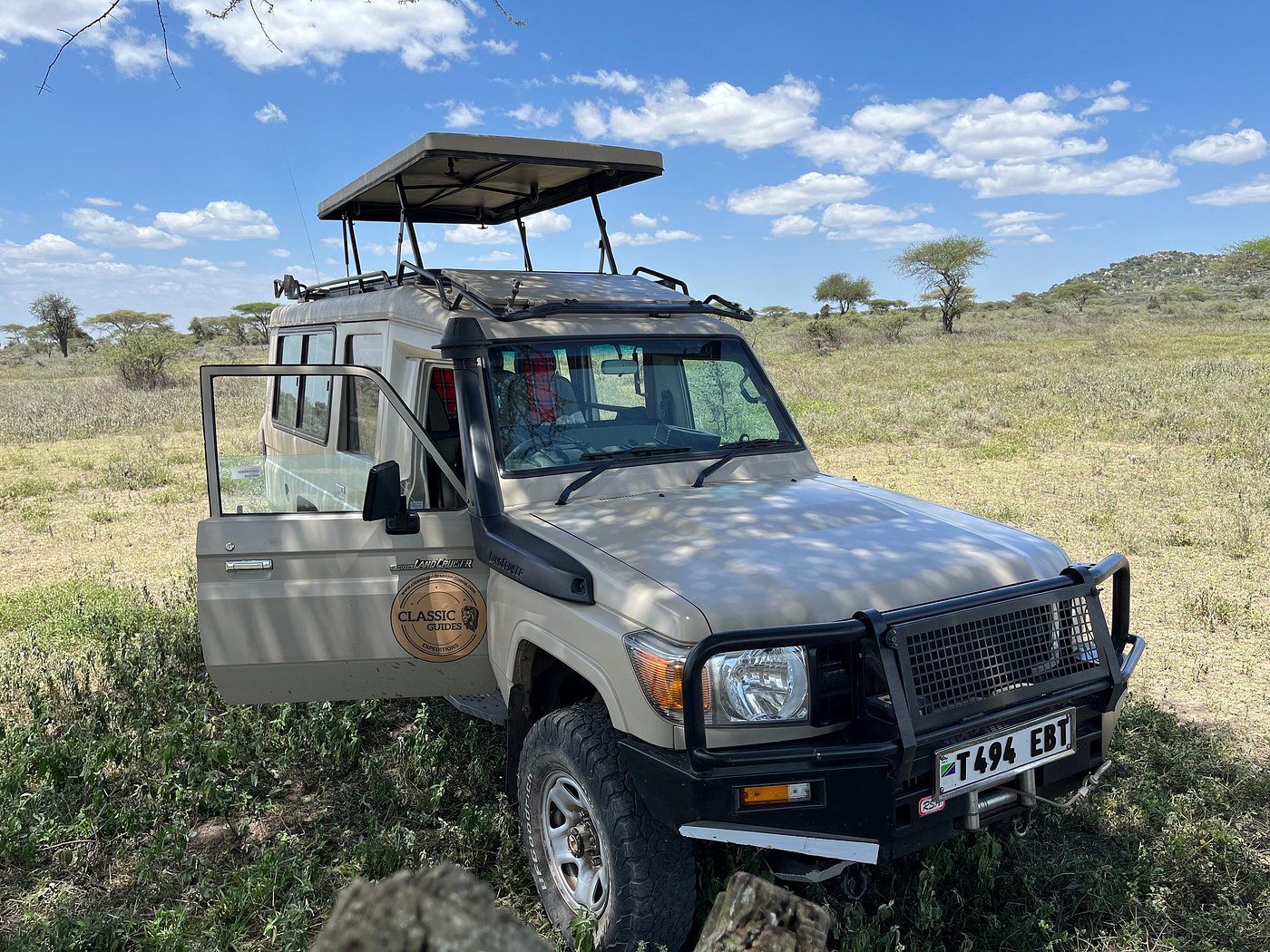
Overview
Ngorongoro Crater, located in the Ngorongoro Conservation Area of northern Tanzania, is one of the most iconic wildlife destinations in the world. Often referred to as the "Eighth Wonder of the World," it is the largest unbroken volcanic caldera in the world, with a diameter of about 20 kilometres. The crater floor is home to an abundance of wildlife, including the "Big Five" (lion, leopard, elephant, buffalo, and rhino), making it a must-visit location for safari enthusiasts.
The Ngorongoro Crater offers breathtaking views, a variety of ecosystems, and the opportunity to witness wildlife in one of the most spectacular natural settings on Earth. This UNESCO World Heritage site is easily accessible from Arusha, making it a popular stop for those on a Tanzania Safari.
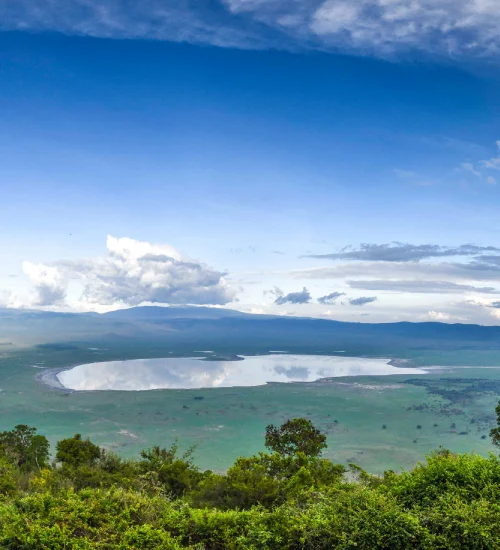
Best Time To Visit
The Best Time to visit Ngorongoro Crater is during the dry season, from June to October. During this period, wildlife congregates around water sources, making animal sightings more frequent and easier to spot. The weather is warm and dry, ideal for game drives and outdoor activities. The wet season, from November to April, is also a good time for birdwatching as migratory species flock to the area.
However, access to some areas may be more difficult due to rainfall. Regardless of the season, Ngorongoro Crater offers exceptional experiences for nature lovers and wildlife enthusiasts year-round.
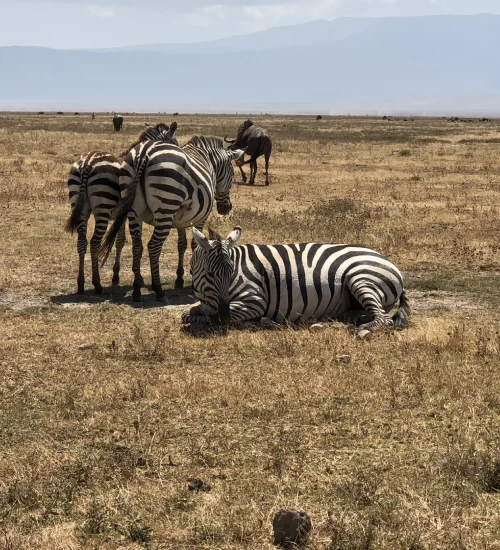
Wildlife
- Lions – Ngorongoro is famous for its healthy population of lions.
- Elephants – Large herds roam the Crater floor, feeding on lush vegetation.
- Rhinos – The Crater is one of the best places to spot endangered black rhinos.
- Leopards – Although elusive, leopards can occasionally be seen in the Crater’s forests.
- Buffalo – Commonly seen grazing along the grasslands of the Crater floor.
- Hyenas – Often seen scavenging, especially near the animal herds.
Customize it - Book it - Get Amazing Packages
Plan your perfect getaway—customize every detail, book easily, and enjoy value-packed packages filled with unforgettable East African experiences.
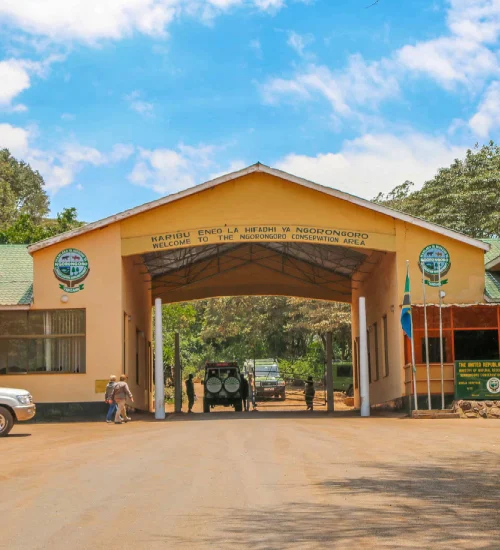
How to Get to the Park
Ngorongoro Crater is easily accessible from Arusha—around a 4-hour drive (190 km) through scenic landscapes. From Kilimanjaro International Airport (JRO), it takes approximately 5 hours by car to reach the Crater.
Most visitors access the Crater via private 4x4 safari vehicles, tour operators, or as part of a guided safari. The Ngorongoro Conservation Area has designated entry points, with the main gate being the Ngorongoro Gate. Many travellers visit the Crater as part of the larger Northern Circuit in Tanzania, which includes Serengeti and Lake Manyara National Park.
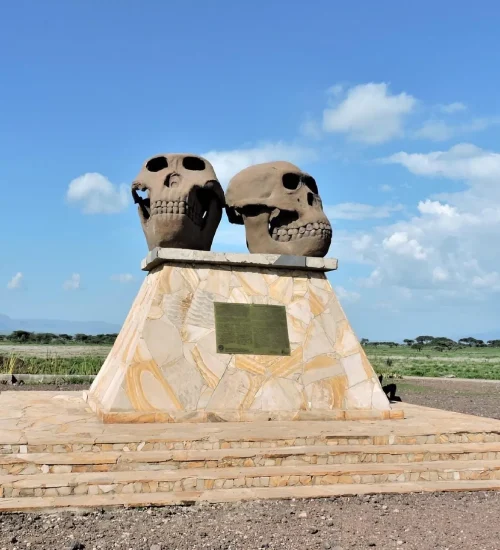
Highlights
- Big Five: The crater is home to all of the Big Five game animals: lion, elephant, buffalo, leopard, and rhinoceros.
- Scenic Views: The view from the rim of the crater down to the floor is one of the most iconic in Africa.
- Olduvai Gorge: A significant paleoanthropological site located nearby, where some of the earliest human remains have been discovered.
- Ngorongoro Conservation Area: A unique multi-use area where wildlife coexists with the semi-nomadic Maasai people.
- Lerai Forest: A lush forested area within the crater providing excellent chances to see elephants and birdlife.
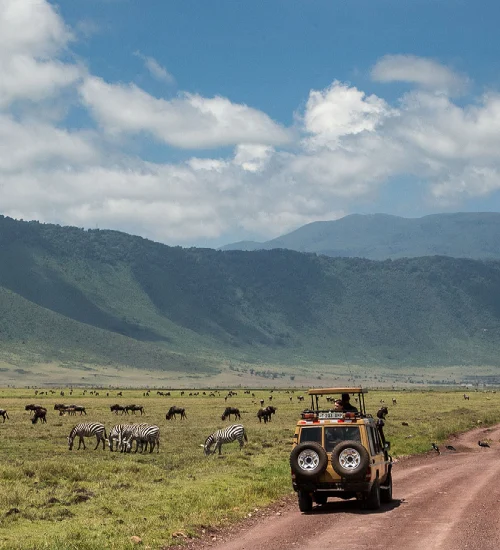
Activities
- Game Drives: Explore the crater floor in a 4x4 vehicle, observing the Big Five and other wildlife.
- Crater Rim Walks: Take in breathtaking views of the crater from the rim, with opportunities for short hikes.
- Birdwatching: Spot a variety of birds, including flamingos at Lake Magadi and other waterfowl.
- Cultural Tours: Visit Maasai villages around the crater and learn about their traditions and lifestyle.
- Photography: Capture the stunning landscapes, diverse wildlife, and panoramic views of the caldera.
- Conservation Tours: Learn about the conservation efforts for wildlife, particularly the endangered rhinos.
Tanzania Popular Destinations
Discover Tanzania’s most iconic destinations with us. From the majestic Serengeti and Ngorongoro Crater to the sun-kissed beaches of Zanzibar, our expert-guided tours offer unforgettable experiences. Witness the Great Migration, explore vibrant cultures, and embrace wild beauty. Start your Tanzanian adventure with confidence—travel smarter with Classic Guides Expeditions today!
Explore Safari Tour Packages
HAPPY CUSTOMERS
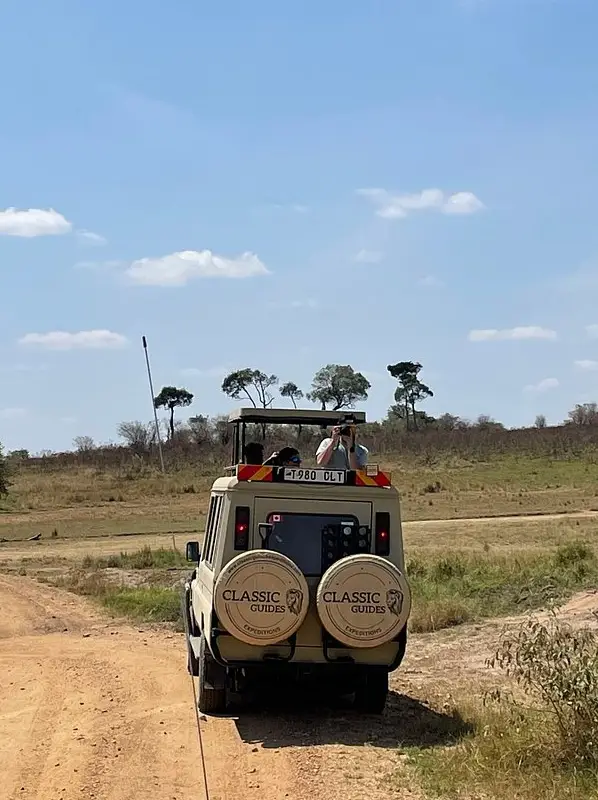
OUR PARTNERS
Travel with confidence through our expert team of professionals, ensuring a seamless and unforgettable experience. Our trusted partners provide exceptional services, from Tanzania Guided Safaris to luxury accommodations, tailored to your preferences. Explore Tanzania with the best in the business, and enjoy a journey filled with adventure, comfort, and expertise.
Why Classic Guide
We know Tanzania like no one else—not just as a destination, but as a vibrant, breathing world where lion prides rule the grasslands, ancient baobabs stand as silent sentinels, and Maasai warriors share fireside tales under endless starry skies. From tracking the Great Migration’s thunderous river crossings to walking barefoot on Zanzibar’s powder-white beaches, we immerse you in experiences that linger in your soul long after you return home.

